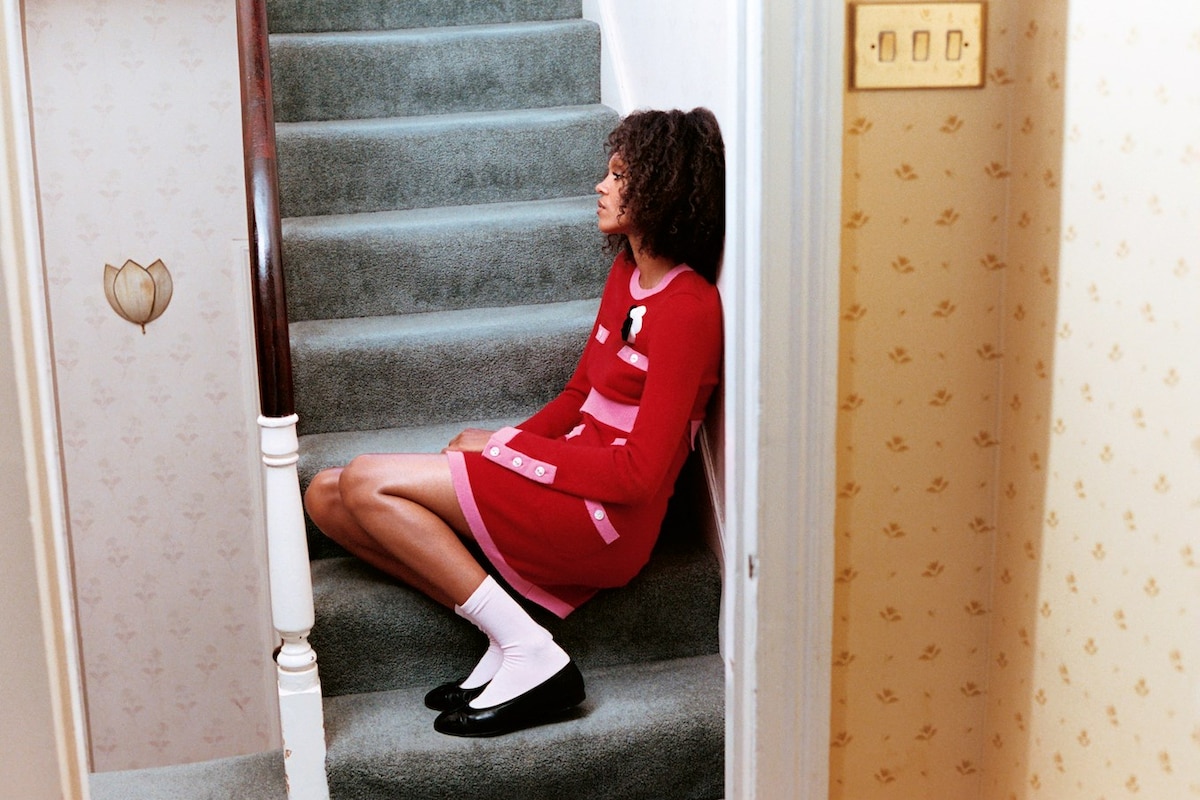
"The house of Chanel has always had deep links to the UK - stretching back a century, bang on this year. "I have always succeeded with the English, I don't know why," Gabrielle Chanel once said. The 'why' may be the fact that the tenets of dress that Chanel was so attracted to are, arguably, inherently British - pragmatism, ease and comfort, a general denouncing of the frill, sportswear worn as everyday wear (albeit riding habits and tweed hacking jackets rather than 21st-century tracksuits). Combined, of course, with a sense of ceremony, of pomp and circumstance and liberal layering of Crown Jewels (in Chanel's case, costume)."
"She made quite an impression on the future Prime Minister, who wrote of her to his wife in early 1927: "She is vy agreeable - really a gt & strong being fit to rule a man or an Empire. Bennie [the Duke of Westminster] vy well & I think extremely happy to be mated with an equal - her ability balancing his power." Indeed, Westminster even proposed marriage, to which Chanel famously replied, "There have been several Duchesses of Westminster - but there is only one Chanel." It's a radical refusal, indicative of Chanel's self-confidence and empowerment, entirely unconventional for a woman in this period."
Chanel maintained a longstanding, intimate connection to British fashion and aristocratic life. The house embraced pragmatic, comfortable dress principles associated with Britain, favouring a denouncement of frill and the adaptation of sportswear into everyday wear, exemplified by riding habits and tweed jackets. That practical sensibility was combined with ceremonial flourish and abundant costume jewellery. Gabrielle Chanel formed a relationship with Hugh Grosvenor, second Duke of Westminster, spent time at Reay Forest engaging in riding, hunting and fishing, and drew admiration from figures such as Winston Churchill. Chanel refused a marriage proposal, asserting singular identity and unconventional female empowerment for the era.
Read at AnOther
Unable to calculate read time
Collection
[
|
...
]